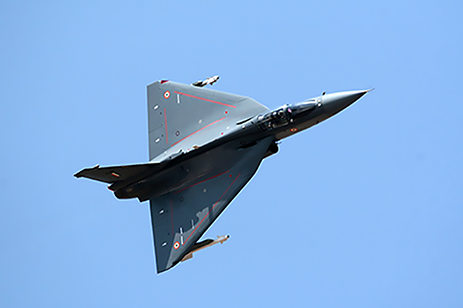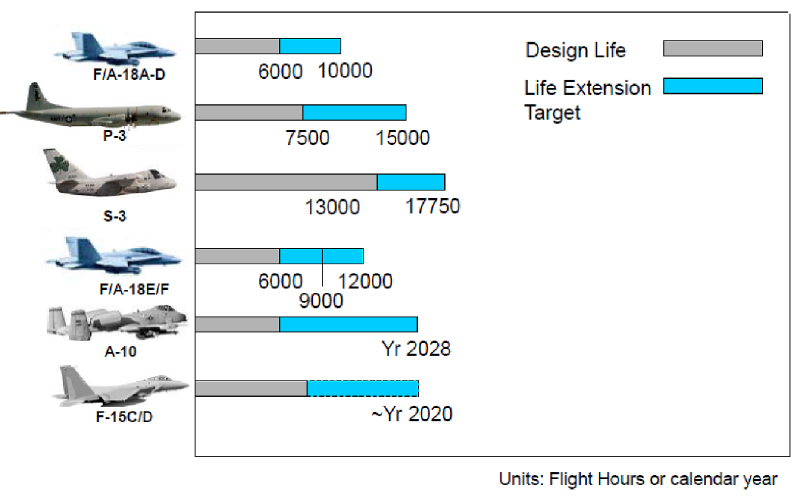
Aircraft operators are keen to accurately assess and extend an aircraft’s life. In the last two decades, installation requirements for gathering information germane to this have evolved from low-complexity with low data volumes, to complex ones which produce big data sets. This evolution creates difficulties in upgrading systems, implementing automation, handling big data and economical purchasing for small fleet sizes. This white paper discusses these difficulties and proposes a COTS solution.
The Need to Extend Aircraft Lifetime
During the design verification of a new aircraft type, design life is estimated and assigned to all aircraft built to the type design. Traditionally an aircraft is retired when the design life is reached. In recent decades, fleet operators have increasingly sought ways of extending the useful life of older aircraft right up to the original design life and possibly beyond. These programs are known as “Service Life Recovery” and “Service Life Extension” programs, and encompass a range of structural and operational corrective actions that ensure continued airworthiness. Example USAF SLEP (service life extension programs) are illustrated in figure 1 (Perez, 2010). A similar program has been recently announced for the F-16 C/D and aims to extend the current design life of 8,000 flight hours to 10,000 flight hours at a minimum (Anon, 2014). Fleet operators globally are increasingly faced with challenges associated with aging aircraft, the UK DOD classified 75% of their fleets as “aging” (Reed, 2010).

Figure 1: Example USAF SLEP programs as of 2010 (NAVAIR Public Release, SPR-10-371)
This white paper presents some of the challenges associated with managing instrumentation, data and certification over the lifetime of a continued airworthiness program. Log in and download the white paper to learn more about:
- Continued Airworthiness
- Life Extension Programs
- Upgradability of instrumentation
- Automation and data management
- Handling “Big Data”